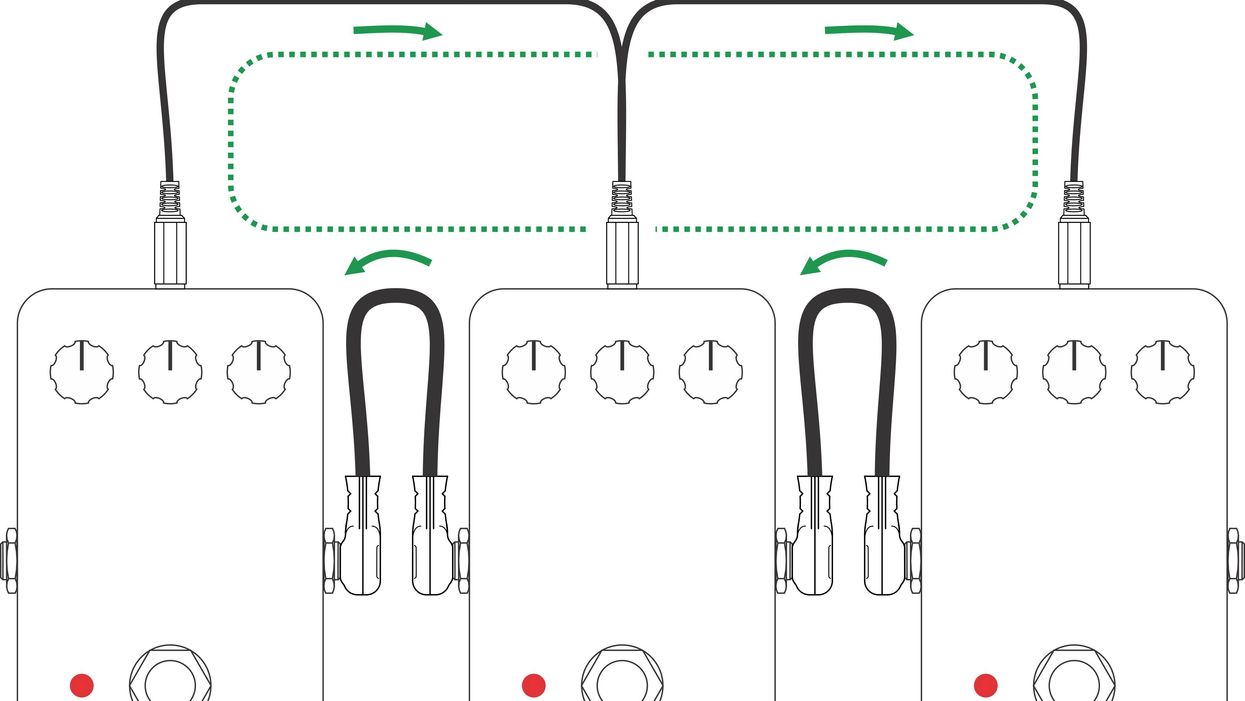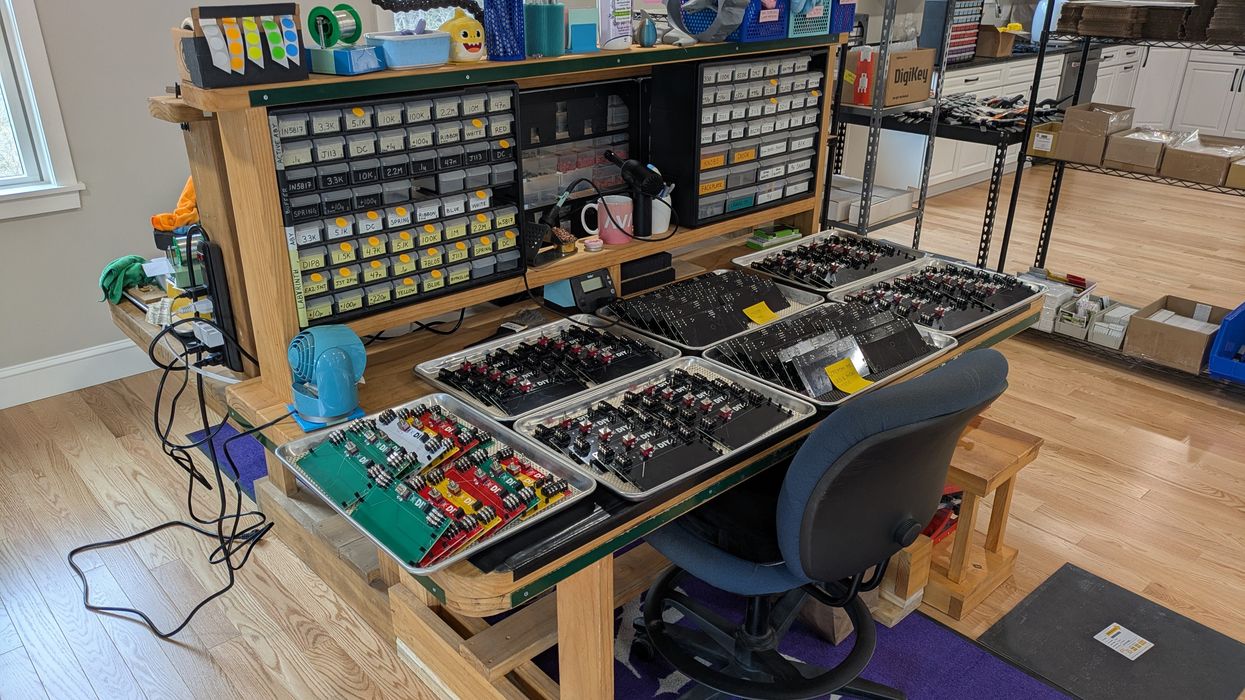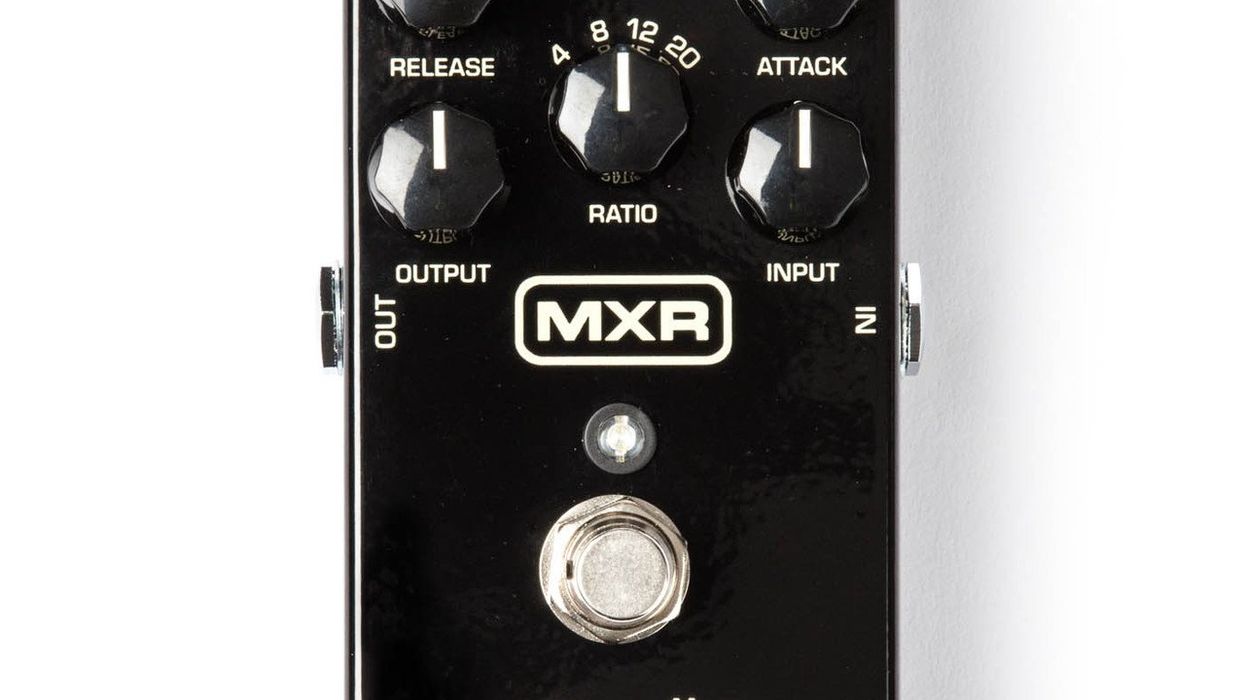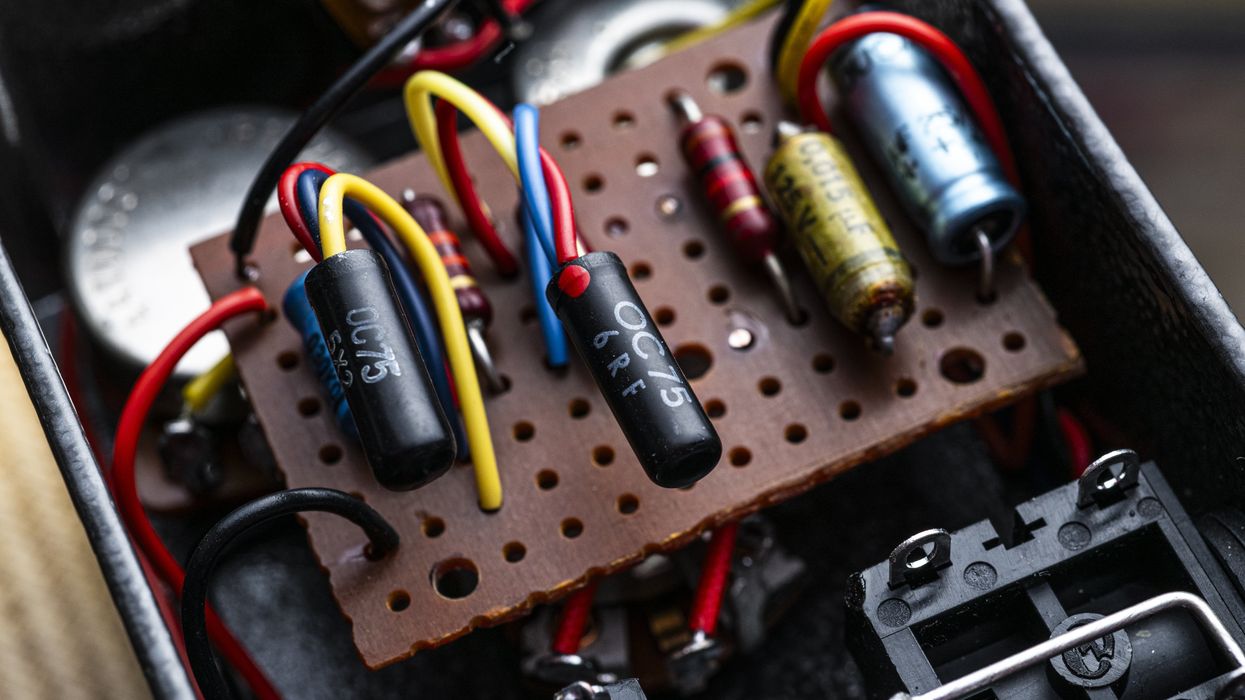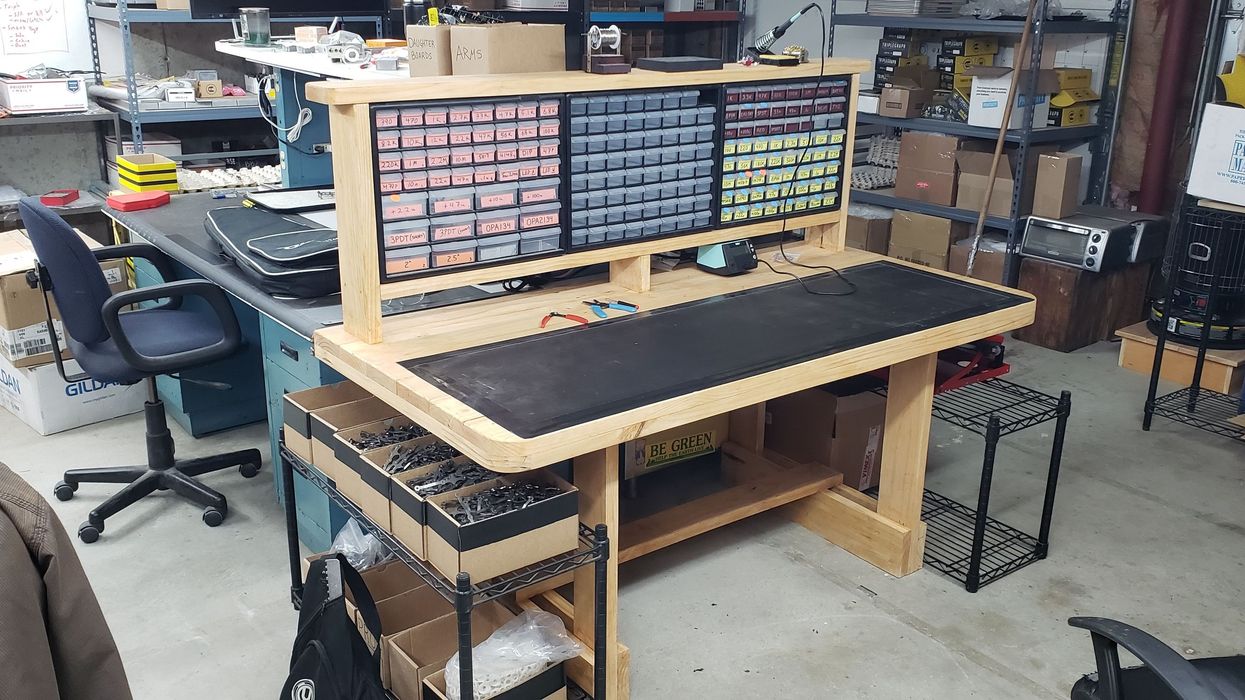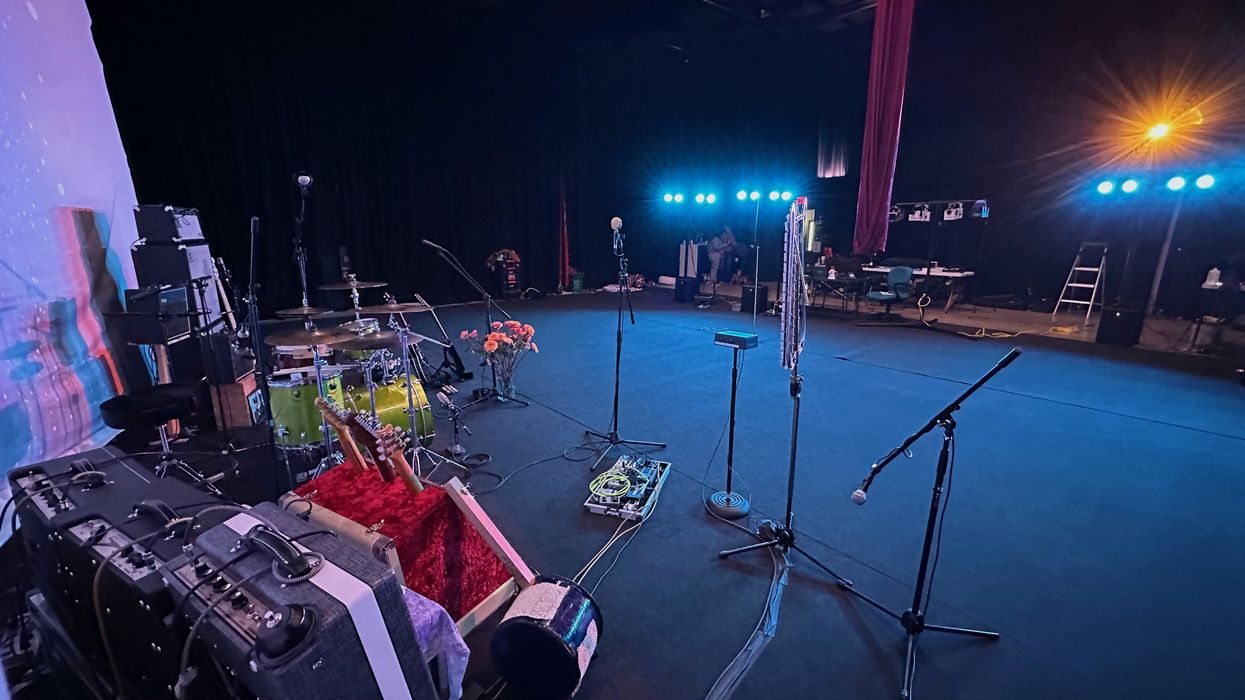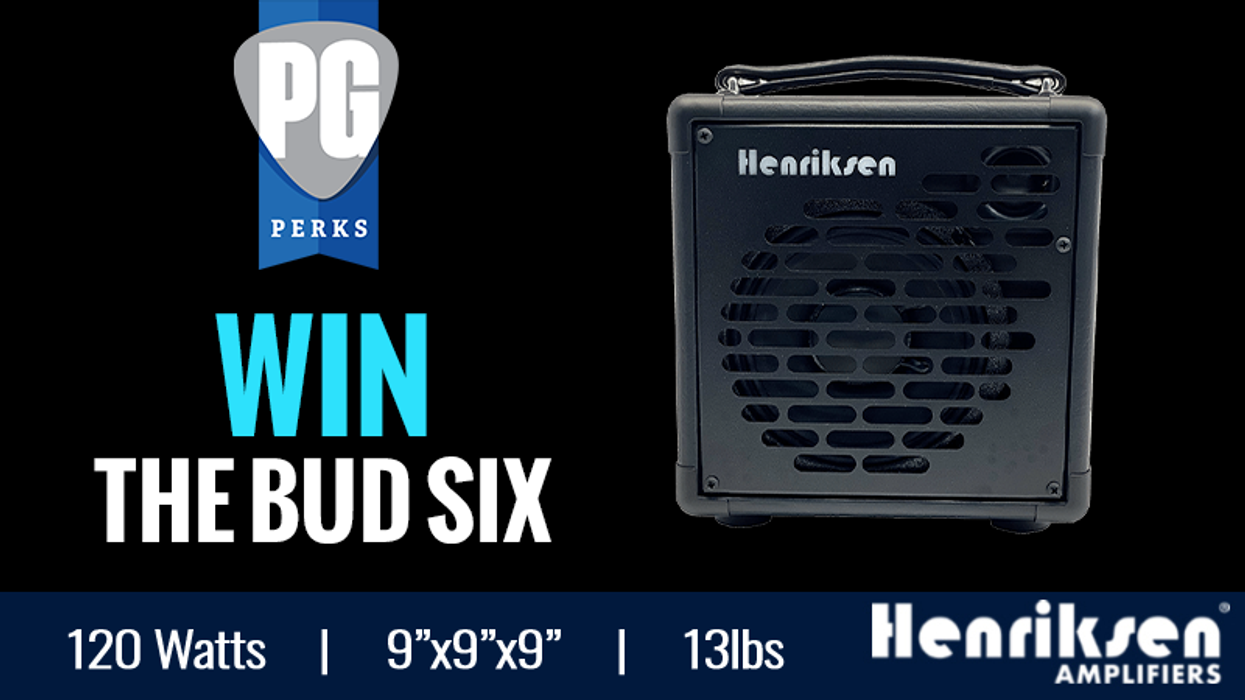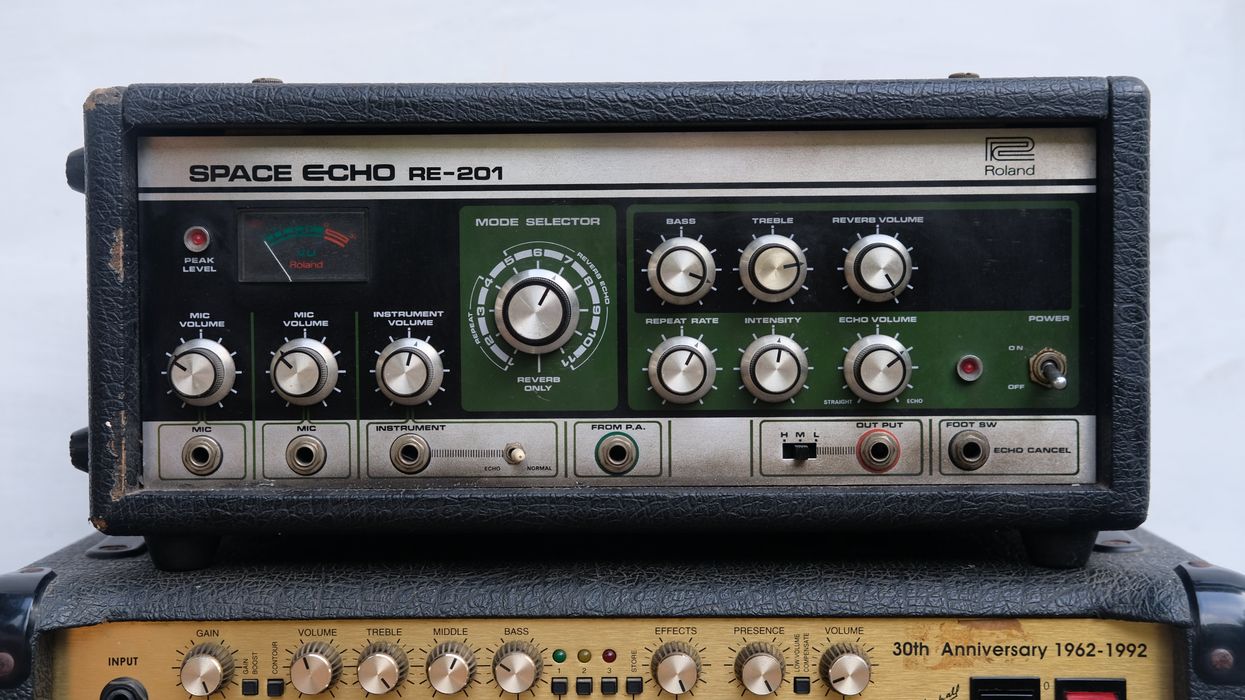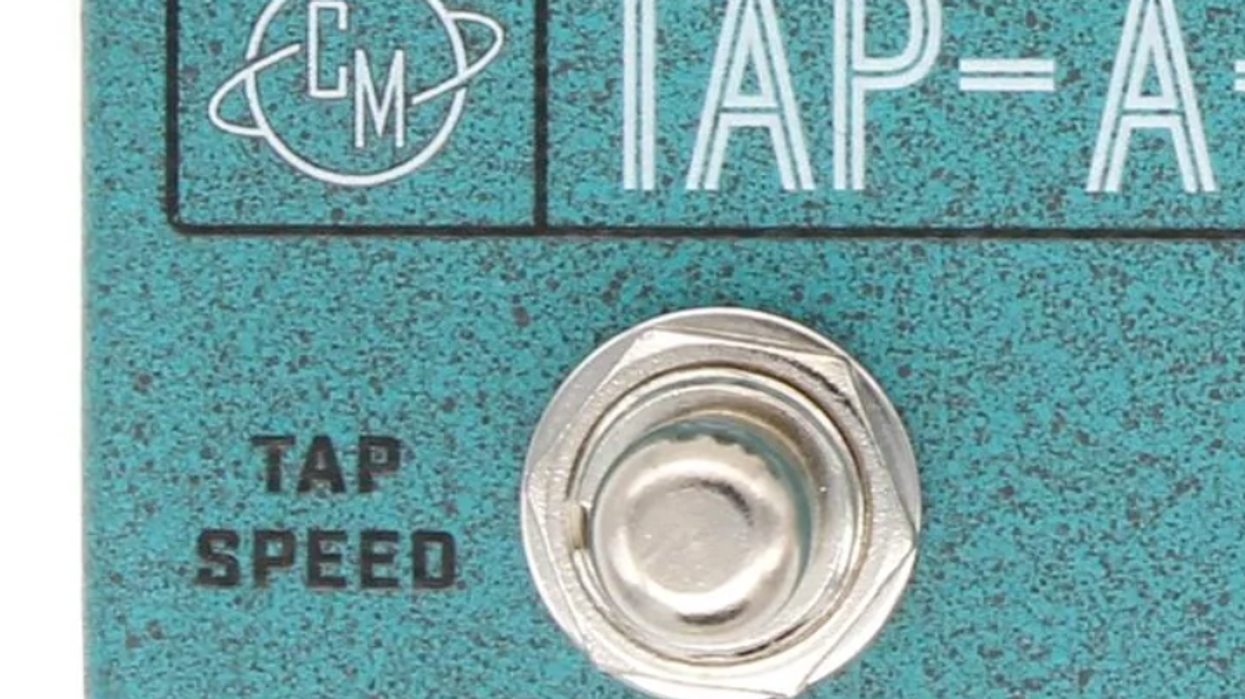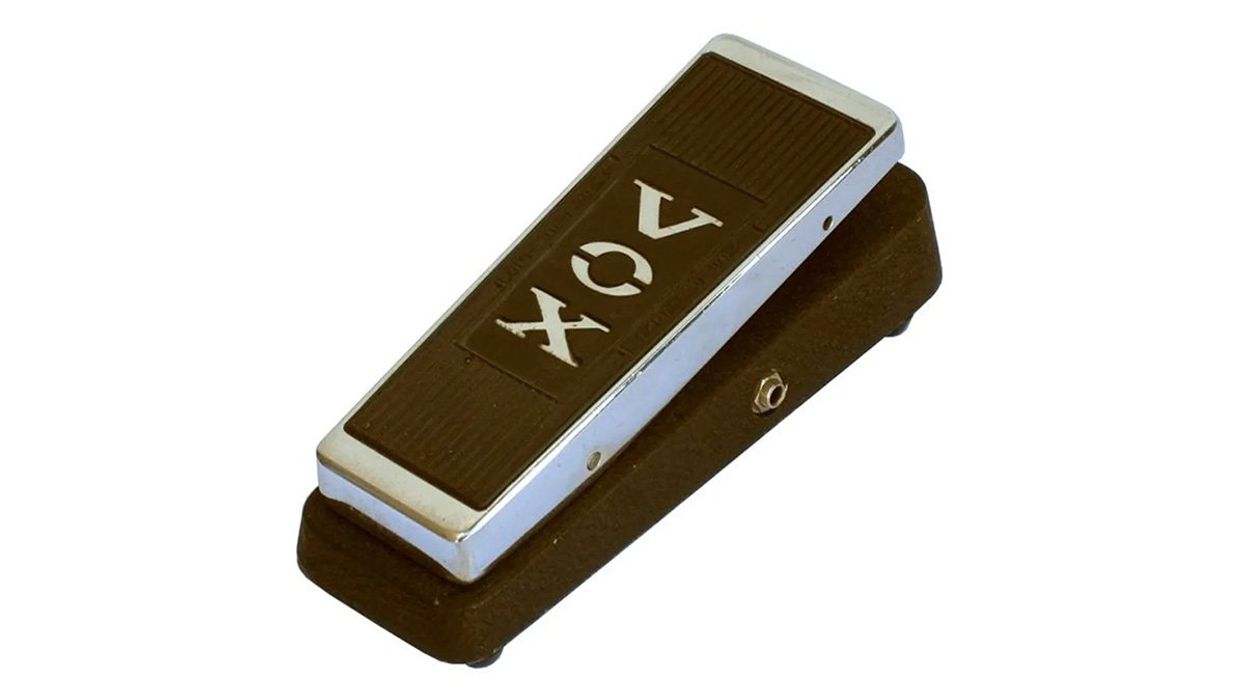In my previous State of the Stomp ["The Shocking Truth About Ground Loops," October 2021], I discussed how ground loops can be formed between the amplifiers in a multiple amp setup, and how to safely address them with an isolation transformer. As a brief reminder, a ground loop is created whenever two electrical circuits that theoretically have the same ground potential actually have a non-zero potential between them in practice, and that often results in hums and buzzes that are harmonically related to the mains voltage frequency in your part of the world.
Oh, how I wish that was the only means of making a ground loop! Tennyson certainly didn't have ground loops in mind when writing that nature was red in tooth and claw, but as someone who has built guitar rigs for around 25 years, it is hard to shake the idea that they serve a merciless and maniacal natural force that actively resists the pristine and well-ordered world of quiet, toneful pedalboards and rack systems.
These loops are made by the way we wire our stompboxes and the environment around them. The ones in this month's ground loop fest may be a bit more identifiable than the loops in the multi-amp scenario. In that case, part of the loop is hidden in your venue's installed power cabling. This time, we're going to discuss loops that exist wholly and entirely in your pedalboard itself.
"Tennyson certainly didn't have ground loops in mind when writing that nature was red in tooth and claw."
The first ground loop we'll discuss is a potential loop created by using daisy-chain power cables, where one power supply feeds multiple pedals. In this setup, you can make a loop via the power cables connecting two pedals and the audio cables connecting them. There is a clear ground path in Fig. A that goes from stompbox to stompbox via the audio cables. If that were the only path, there would be little chance for a loop to be formed. But if you add in the ground path made by the power cables, you can now see a circuitous path that connects the first and last pedal through the audio cables and then doubles back through the power daisy chain. This circle of wire is our loop.
A second loop type is shown in Fig. B. Most loop switchers tie the ground connections of the send and return jacks together, and when the loop switcher is connected to a stompbox, the audio cables make a ring of ground conductors. So each loop switcher loop can actually make a ground loop. Yay!
There are countless loop switcher-equipped boards out in the world. Why don't all of them hum? Ground loops can generate hum when they are driven by an outside electromagnetic field. (Bill Whitlock's Audio Engineering Society treatise "Ground Loops: The Rest of the Story" gives great theoretical and experimental explanation of EMF—electromotive force—induced ground loops.) When the ground looped cable encircles an EMF field, that field can develop a current in the wire that can translate into audible hum in your rig. So if your power/audio cable loop or your loop switcher loop wraps around a power supply transformer or a high-current, noisy power cable at a venue or in your home, you may get an induced hum that you can hear in your amplifier's output.
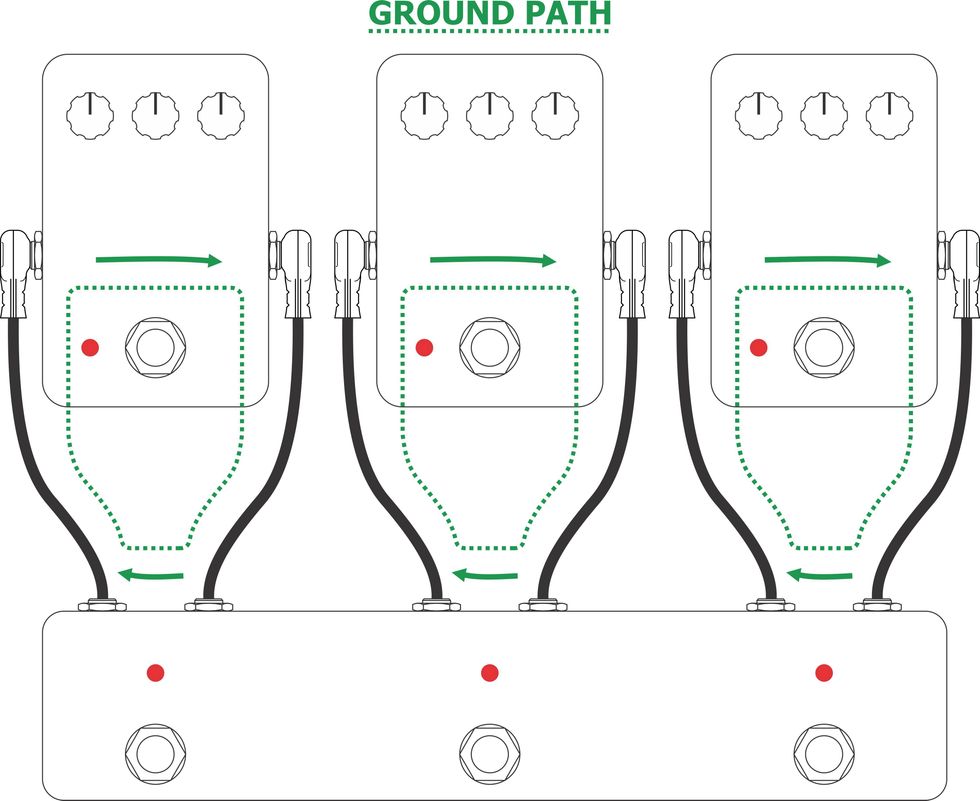
Fig B.
So, what can be done? Fig. A shows how daisy-chained power can make a giant ground loop susceptible to picking up stray EMF. Using isolated power for every pedal will break this loop and keep it from generating noise. If you must share power amongst pedals on your board, make sure they are next to one another in your signal chain so that the loop size (and associated hum) is minimized.
For Fig. B, the cables to and from the pedal can be as short as possible and run as close to one another as possible. This too will decrease the area encircled by the loop and commensurately minimize the induced current. Special care should be taken to make sure looping cables do not surround or run near power supplies or wall warts. The type of power supply can make a difference as well, since those from Truetone or Strymon switch at higher frequencies that are less likely to be induced in the first place, and less likely to be heard if they are.
While this is hardly a 100 percent complete picture of the cruel world of ground loops, you hopefully are armed with enough knowledge to have insight into exactly what could be causing those wayward noises and buzzes in your rig and how to clear them out to make way for a much more gratifying set of buzzes and noise.
